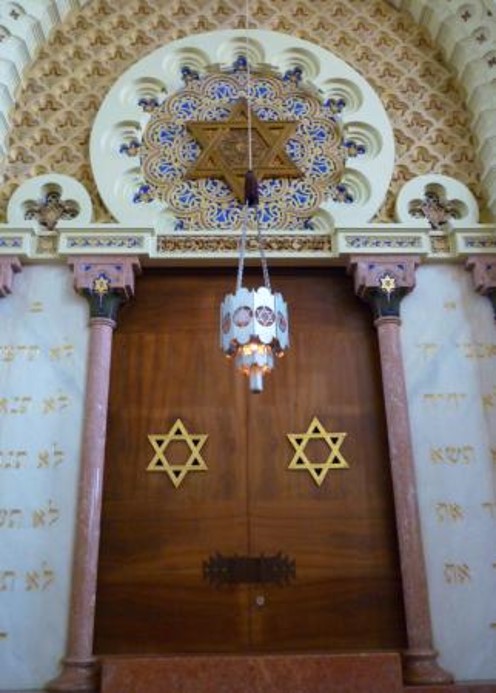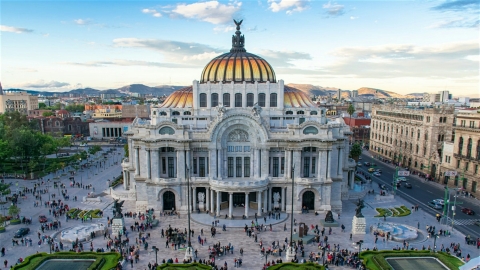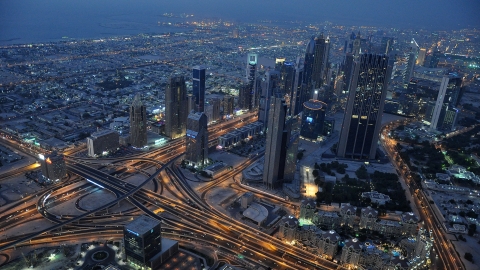Synagogues are spread throughout the world. It can be said that wherever there is a Jewish community, there is Judaism. However, for many reasons (both subjective reasons from religious characteristics and objective reasons from history), the world inside the synagogue is still a mystery to many people.
About the synagogue
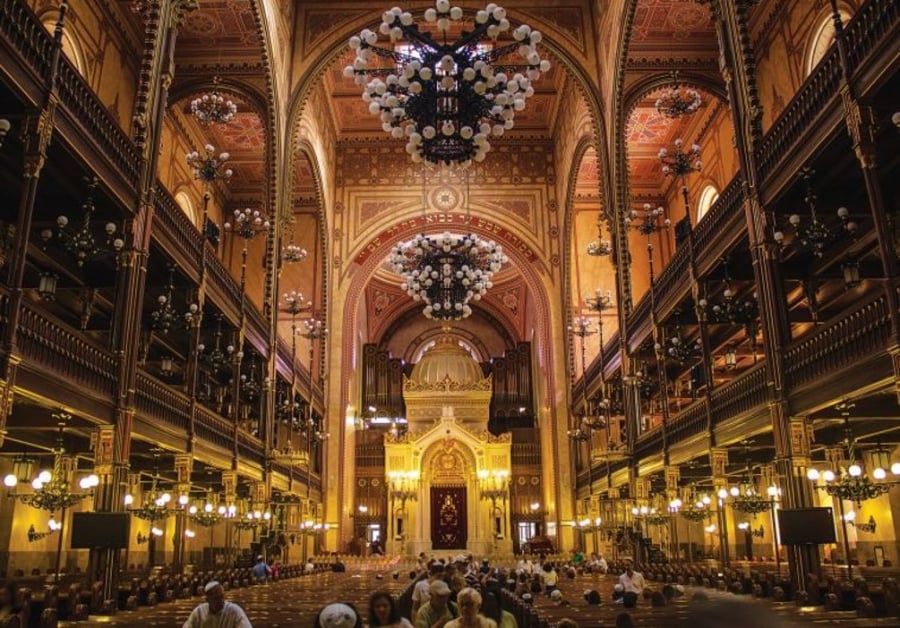
Dohány Street Synagogue in Budapest. It is the largest synagogue in Europe and one of the largest in the world.
The Jewish synagogue is called a synagogue in English, different from the church or cathedral of Christianity. This is a place for religious activities as well as learning and is sometimes considered a community center of the Jewish people. Therefore, Jewish synagogues often have a large library inside with many documents about Judaism for believers to learn. In addition, Jewish synagogues are also places to distribute food to the poor in their community. However, besides wedding ceremonies, synagogues do not perform blessing ceremonies such as baptism, confirmation, communion, etc. like Catholic churches.
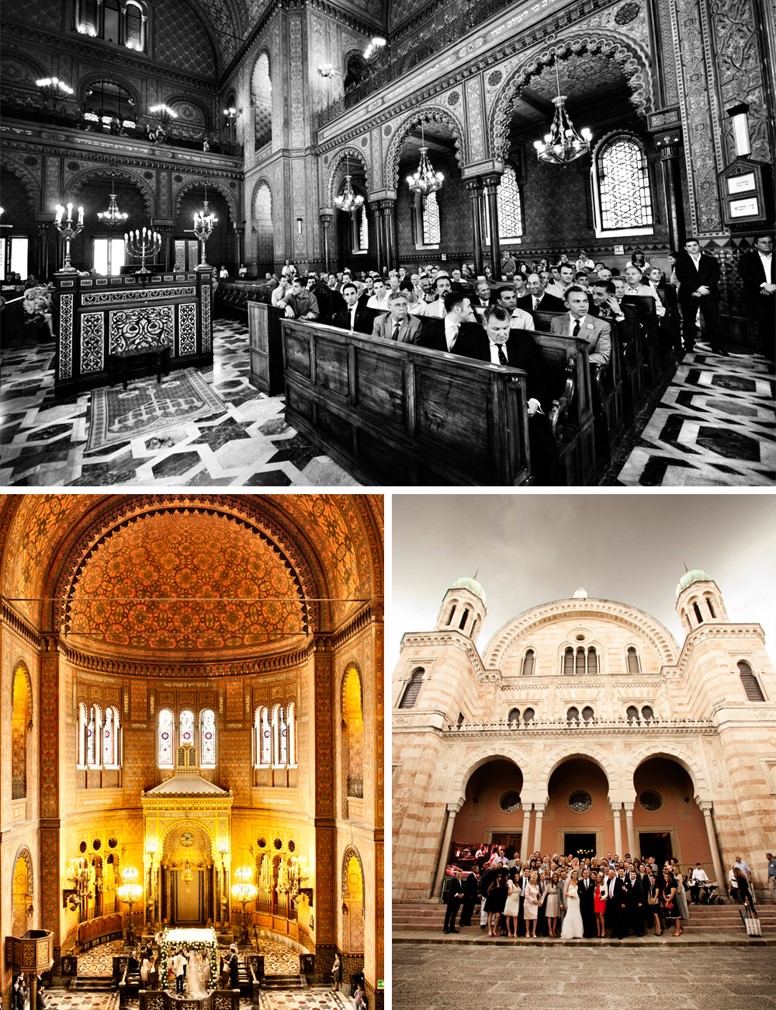
Great Synagogue of Florence, Italy. Construction began in 1874 and was completed in 1882.
Another peculiarity of the synagogue is that it has no distinctive architectural features on the outside. There are many synagogues that have a mix of Renaissance and Gothic architecture, such as the Great Synagogue of Florence in Italy or the Eldridge Street Synagogue in New York, but there are also synagogues with extremely modern architecture that look like art museums from the outside, such as the Dresden Synagogue in Germany.

The New Dresden Synagogue replaced the old synagogue destroyed during World War II. It was completed in 2001 and won the European Prize for Contemporary Architecture in 2003.
The synagogue is usually a large rectangular building facing the Temple in Jerusalem. The main religious activity in the synagogue occurs on the Sabbath, consisting of prayer and reading of the Bible in Hebrew, then in Aramaic, and finally a sermon on the Bible passage just read.
Organizational form
Synagogues are independent organizations, meaning each synagogue is built by a Jewish community and is not under the control of a central church. However, synagogues are run by a board of directors – usually the people who founded the synagogue. They are responsible for scheduling activities and hiring rabbis and cantors.
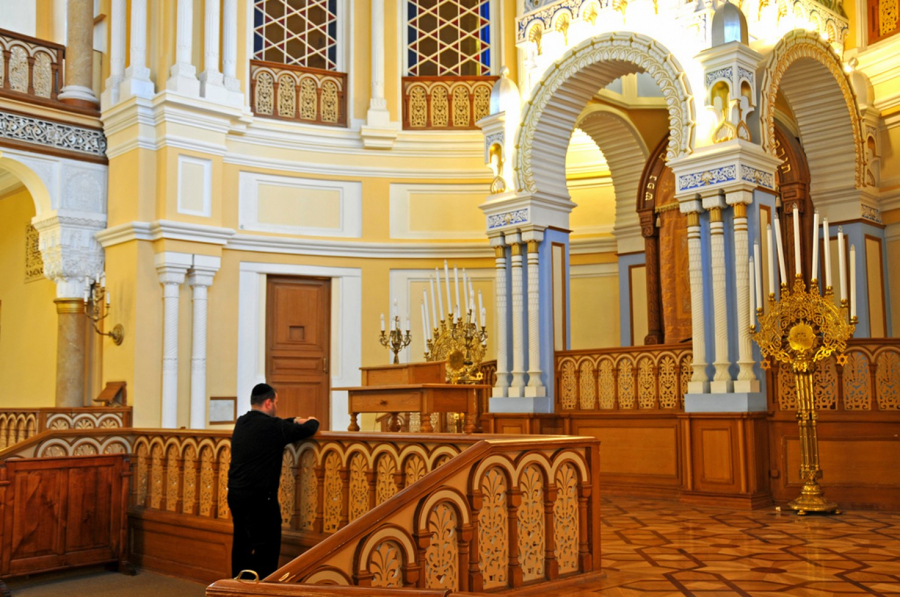
Interior decoration of the synagogue
Inside synagogues there are often objects that have a long history and are sacred. For example, in every synagogue there is a chest that holds the Torah. The chest is placed so that the worshippers face Jerusalem.
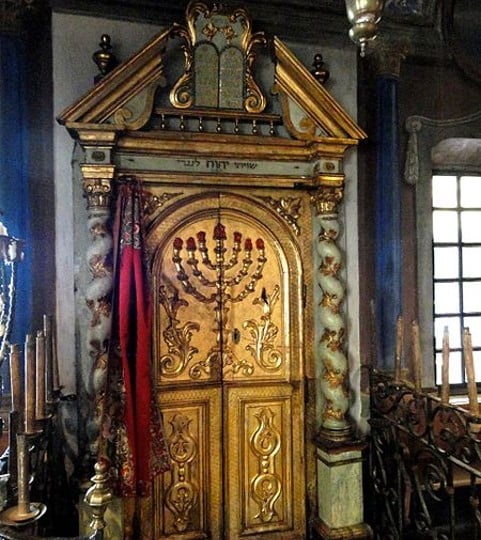
The chest in the Mondovi Cathedral in Italy
Another very important and mandatory item in the synagogue is the Eternal Light – symbolizing the eternal existence of God and His watch over His followers. This lamp is usually hung or placed vertically in front of the ark. The shape of the lamp is often very diverse.

Eternal light in the Eldridge Street Synagogue in New York
